Kruger National Park is a haven for diverse wildlife, including a variety of snakes that embody the park's ecological richness. From the fast and venomous Black Mamba to the camouflage expert Vine Snake, and the non-venomous Cape Wolf Snake, these serpents showcase the adaptability and diversity of life in Kruger.
Have you ever wondered if Woodpeckers get headaches?
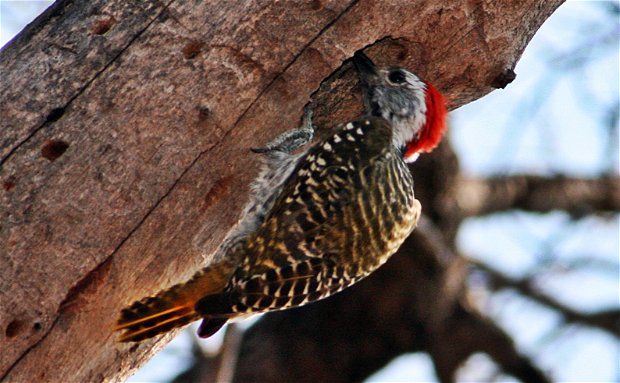
Have you ever wondered if Woodpeckers get headaches? An interesting question indeed. Most of us who have been lucky enough to visit the bushveld have seen these beautiful birds hammering their beaks against trees.
Can you imaging constantly knocking your head on a tree branch or stump all day searching for food and making nests. Ouch, I am sure I would have a thumper of a headache, but not these headbanging birds.
Woodpeckers have an incredible ability to chisel into bark and wood of the trees to search for insects and larvae. They also excavate a new breading hole and cavity in a tree, every year and this takes them a few weeks to complete. Luckily, they are well equipped for their tasks.
In the same way that shocks on bikes and cars, absorb the impact when on a bumpy ride, the woodpeckers are pretty good at protecting their brain, with a few modifications to prevent them from suffering concussion caused by the constant hammering into the wood.
- The neck muscles are well developed to power the neck and head for each drilling stroke.
- The beak is long and straight with a broad base acting as one of the shock absorbers.
- The upper beak looks longer than the lower, but looking from the inside, the bottom is actually longer and takes the majority of the strain down into the body.
- Their skull is more flexible with plate-like bones and a hinge between the nasal and frontal bone of the skull aids cushioning the brain, minimising possible damage.
- A special bone called a hyoid bone, wraps all the way around the skull that acts like a seat-belt protecting the delicate brain with each peck.
- The tongue is also exceptionally long, starting behind the eyes and stretching all the way over the skull before entering the mouth cavity, acting as another seat-belt.
- Their short tail feathers have reinforced shafts which are thicker and more rigid than other birds, used to prop them against the trunk creating a kind of tripod.
Who doesn’t love hearing the different sounds of the birds around us and isn’t it good to know that the distinct pecking sound of the of the woodpecker in the trees goes on without us having to wonder anymore if these little birds are having to reach for a headache pill.
This post highlights some of fun and interesting facts about woodpeckers. To see these amazing birds for yourself come visit The Kruger National Park and stay at Needles Lodge, your luxury safari accommodation right on Kruger’s doorstep! Rated amongst the best accommodation in Marloth Park.
Further Reading
Studying these camouflage artists offers more than survival tactics; it unveils the symbiotic web of life. Each evolutionary adjustment triggers cascading effects, shaping predator-prey interactions, reproductive strategies, and even ecosystem architectures. For visitors to wilderness areas like Needles Lodge, these beings underscore nature's inventive prowess and the critical need to conserve the ecosystems that nurture such diversity.
Exploring Kruger National Park is a journey through Earth's geological history, showcasing ancient rocks, life's evolution, and dramatic landscapes. The park's diverse geology, from three-billion-year-old bedrock to recent Quaternary formations, reveals the planet's dynamic past. Highlights include the Lebombo Monocline and rich fossil records. This narrative emphasizes the importance of conservation and the unique opportunity to connect with Earth's ancient past at Needles Lodge.

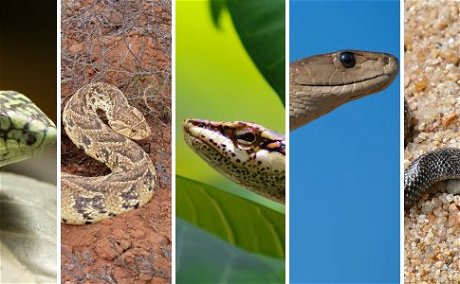
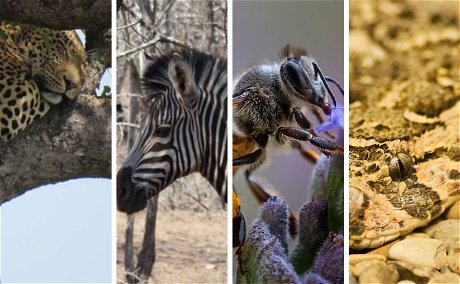
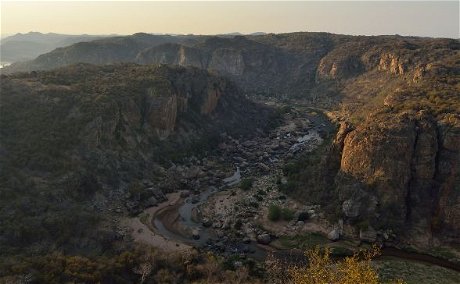

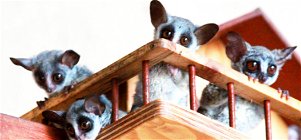
Share This Post